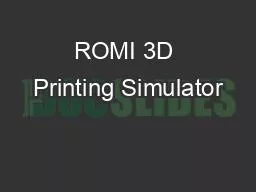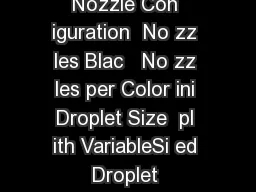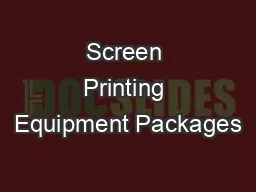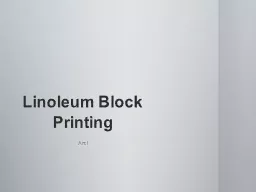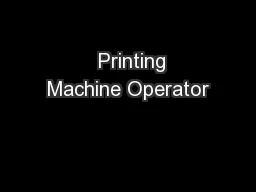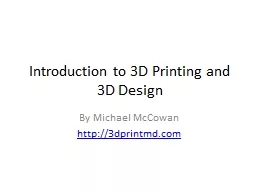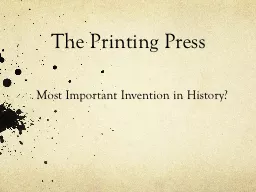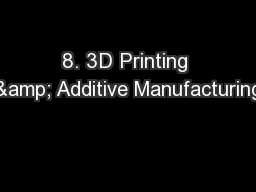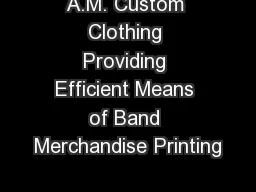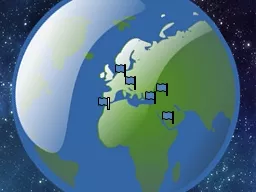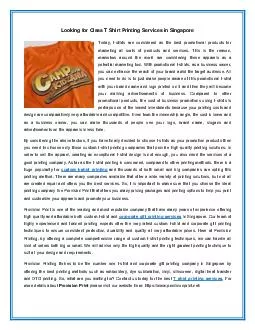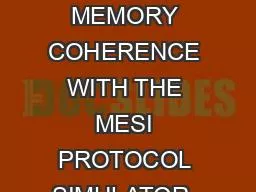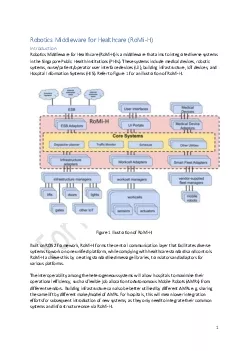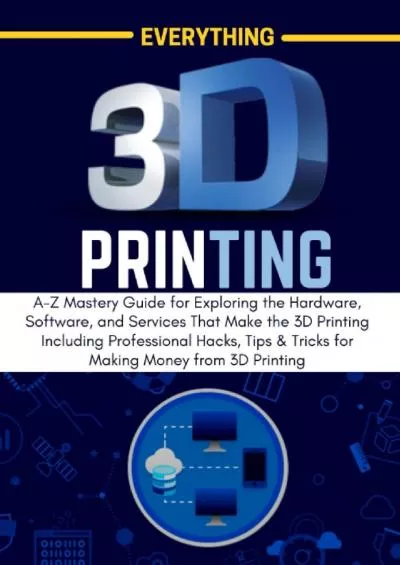PPT-ROMI 3D Printing Simulator
Author : ginocrossed | Published Date : 2020-06-24
Submitted by Etay Barzilay Under the guidance of Prof Jihad El sana Department of computer science BenGurion University of the Negev In cooperation with Stratasys
Presentation Embed Code
Download Presentation
Download Presentation The PPT/PDF document "ROMI 3D Printing Simulator" is the property of its rightful owner. Permission is granted to download and print the materials on this website for personal, non-commercial use only, and to display it on your personal computer provided you do not modify the materials and that you retain all copyright notices contained in the materials. By downloading content from our website, you accept the terms of this agreement.
ROMI 3D Printing Simulator: Transcript
Download Rules Of Document
"ROMI 3D Printing Simulator"The content belongs to its owner. You may download and print it for personal use, without modification, and keep all copyright notices. By downloading, you agree to these terms.
Related Documents

